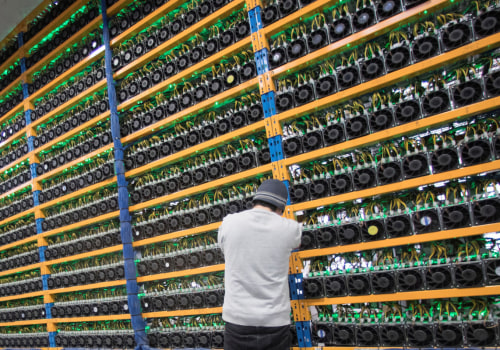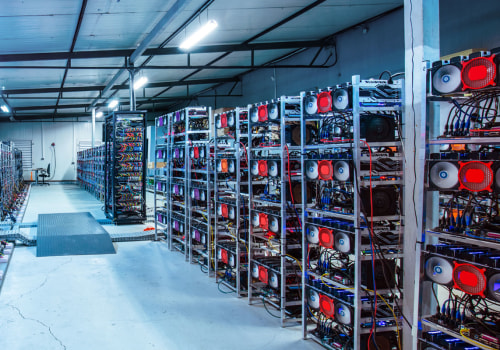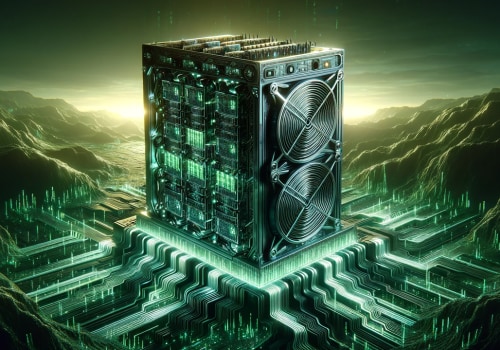Bitcoin mining is the process of earning bitcoins in exchange for running the verification process to validate Bitcoin transactions. These transactions provide security to the Bitcoin network, which in turn compensates miners by giving them bitcoins. To help keep the network safe, miners earn Bitcoin rewards as they add blocks. Rewards are paid through transaction fees and through the creation of new Bitcoin.
However, there is a fixed maximum supply of 21 million bitcoins. Once in circulation, rewards will be paid in full using transaction fees. Bitcoin mining is the process of creating new bitcoins by solving extremely complicated mathematical problems that verify transactions in the currency. When a bitcoin is successfully mined, the miner receives a predetermined amount of bitcoins.
Most people think of cryptomining simply as a way to create new currencies. However, cryptocurrency mining also involves validating cryptocurrency transactions on a blockchain network and adding them to a distributed ledger. Most importantly, cryptomining avoids double spending of digital currency on a distributed network. Once a miner finds that answer, a group of transactions (or block) is added to the ledger.
The miner who solved the equation is rewarded with Bitcoin and any fees for transactions that are added to the blockchain ledger. Then, the whole process starts again until someone finds the solution to the next equation so that they can add the next block. The problem is that miners have to be the first to come to the answer or they don't receive the reward, although they still lend their computing power to the network. This means that while the barrier to entry when it comes to cryptocurrency mining is technically low, to make serious profits, it will cost you to get into the game.
Reducing electricity costs from the equation altogether is an obvious way to improve the profitability of crypto mining. Bitcoin runs on a decentralized computer network or on a distributed ledger that tracks transactions in the cryptocurrency. Evading sanctions was one of the types of crypto transactions that I discussed in yesterday's article, but it is also a primary mining business model. Miners consider official cryptocurrency mining pools to be more reliable, as they receive frequent updates from their host companies, as well as regular technical support.
These concerns have led cryptocurrency communities like Ethereum to consider shifting from PoW frameworks to more sustainable frameworks, such as proof-of-stake frameworks. In a simulated world where you are the only two miners, your friend would theoretically earn 90 percent of all cryptocurrencies mined in the long run, and you would earn only 10 percent. Bitcoin is one of the most popular types of cryptocurrencies, which are digital means of exchange that exist only online. If there are more miners involved, the chances of someone solving the correct hash faster increase, thus increasing the difficulty of restoring that 10-minute target.
The inventors of Chia claim that they wanted to alter the energy-depleting apple cart, but they created a cryptocurrency that relied on “farmers (it sounds much more organic than miners) to create plots on disks and leave those disks tied up like farms. Groups of miners working together are more likely to earn rewards and share their profits with each other. The first miner who correctly guesses a number, or hash, equal to or less than the target value receives the reward for that block. Tracking cryptocurrency transactions for tax purposes is essential, as ignoring tax obligations could get you in trouble with Uncle Sam.
The first miner whose nonce generates a hash less than or equal to the target hash receives credit for completing that block and is awarded the loot of 6.25 BTC. This constant calculation requires immense amounts of energy and energy, especially in the case of mining farms that use mining rig banks that operate 24 hours a day to mine new Bitcoin. .








